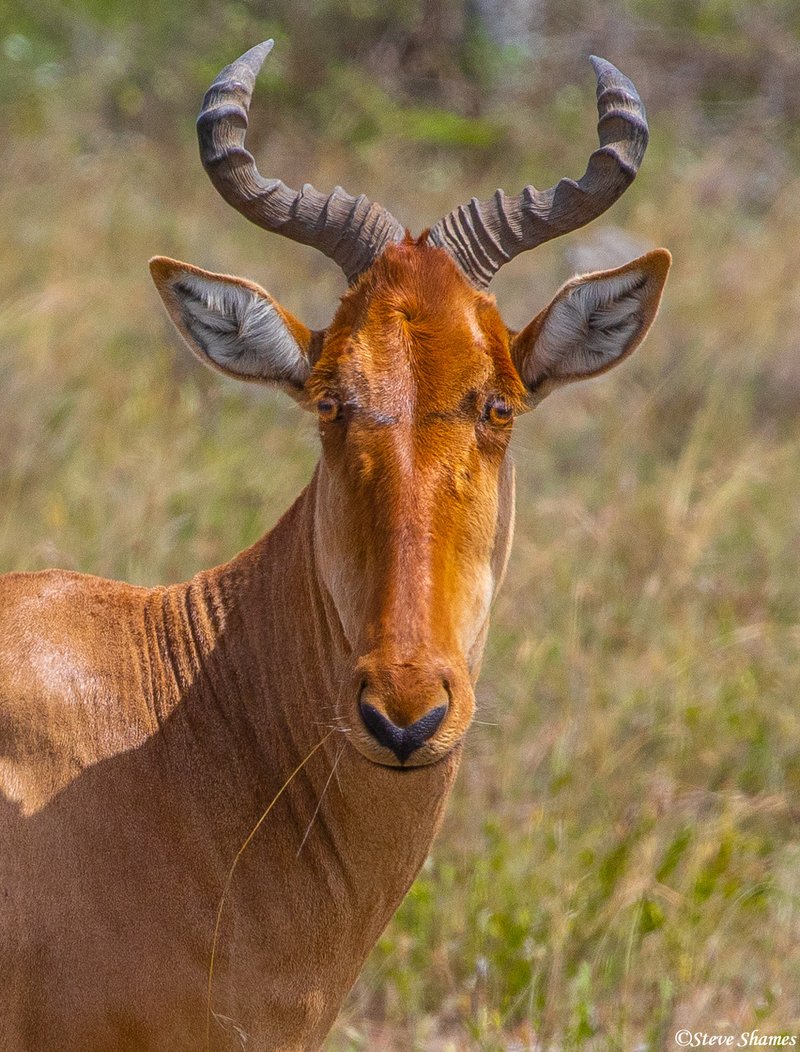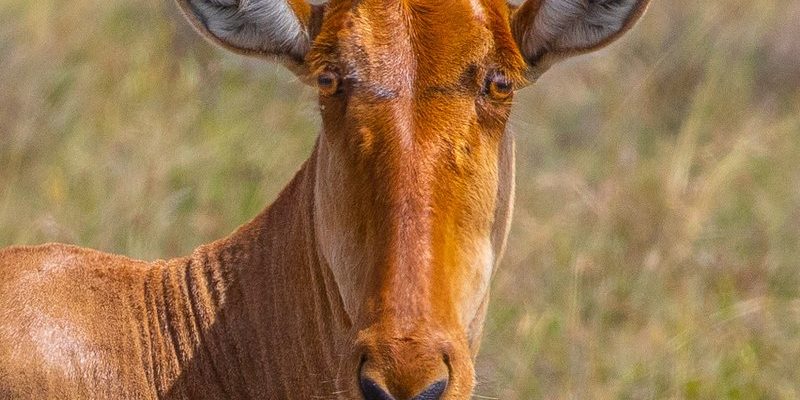
Hartebeests are not your typical antelope; their unusual appearance and behavior can spark some pretty common myths. Picture this: a creature with elongated limbs, a distinctly shaped head, and a knack for surviving in harsh environments. It’s easy to jump to conclusions when you only see them from a distance. So, grab a cup of coffee, and let’s clear up some of the confusion surrounding these fascinating animals.
Myth 1: Hartebeests Are Just Another Antelope
You might think that all antelopes are pretty much the same. After all, they share some traits—like being herbivorous and having a similar body shape. However, hartebeests are a distinct species with unique characteristics. Unlike typical antelopes, which tend to have more graceful and slender bodies, hartebeests have a stockier build with a sloping back and a long face. This gives them a distinctive look that can be easily recognized.
Moreover, hartebeests are known for their incredible adaptations to their environment, particularly in arid regions of Africa. They thrive in savannas and grasslands, often living in areas that many other herbivores might avoid. Their specialized stomach allows them to digest tough grasses that other animals might find unappetizing. So, while they belong to the antelope family, they definitely march to the beat of their own drum.
Myth 2: All Hartebeests Live in the Same Habitats
You might think that all hartebeests roam across sun-kissed savannas, but that’s not the full story. There are different species of hartebeests, and they can be found in various habitats across Africa. For instance, the topi and coke’s hartebeest prefer open grasslands, while the sable hartebeest often finds itself in more wooded areas.
This diversity in habitat choice is crucial for their survival. It allows them to adapt to varying food sources and conditions. If they were limited to just one type of environment, they would struggle to find enough food and water. So, the next time you see a picture of a hartebeest lounging under a tree, remember that not all of them are sunbathing in the same spot.
Myth 3: Hartebeests Are Solitary Creatures
Here’s a common misconception: people often believe that hartebeests are solitary animals. But actually, they are quite social! These antelopes prefer living in herds, which can range from small family groups to larger gatherings during specific seasons. This social behavior plays a critical role in their survival.
Living in groups allows them to stay alert for potential predators. With many eyes on the lookout, it’s easier for them to spot threats like lions or hyenas. Plus, these interactions help establish social hierarchies, which can be crucial during mating seasons. So the image of a lone hartebeest wandering through the savanna isn’t just a myth—it’s a misunderstanding of how they truly live.
Myth 4: Hartebeests Are Slow and Clumsy
You might picture hartebeests as lumbering creatures, but that couldn’t be further from the truth! While they do have a unique shape, they are surprisingly fast. Hartebeests can reach speeds of up to 50 kilometers per hour (about 31 miles per hour) when they feel threatened. Their long legs are built for speed, allowing them to navigate their habitats quickly and efficiently.
Additionally, their agility helps them evade predators. You might have seen videos of these animals making sharp turns and swift leaps to escape danger. It’s fascinating how their build, which some may consider awkward, actually supports their survival in the wild.
Myth 5: Hartebeests Have a Simple Diet
Another myth is that hartebeests munch on just any grass they can find. While they are primarily grazers, their diet is more complex than that. They are quite selective eaters and have adapted to thrive on tough grasses that many other herbivores avoid. This ability gives them an edge in the competitive grassland environment.
Hartebeests also adjust their feeding patterns based on the season. During the dry season, they might graze on drought-resistant plants or even browse on shrubs. This adaptability is key to their survival, especially in areas where food can be scarce.
Myth 6: Hartebeests Are Not Important to Their Ecosystem
Another misconception is that hartebeests don’t play a significant role in their environment. On the contrary, these antelopes are vital to the ecosystems they inhabit. By grazing on specific grasses, they help maintain the health of the grassland. Their feeding patterns can influence the growth of vegetation, benefiting other herbivores and even the predators that rely on them for food.
Additionally, their movements help spread seeds through their feces, contributing to the overall biodiversity of their habitat. So, the next time you spot a hartebeest, think of them as an integral piece of the ecological puzzle.
Myth 7: Hartebeests Are Endangered and Rare
You might hear that hartebeests are on the brink of extinction, but that’s a bit misleading. While some populations have faced challenges due to habitat loss and hunting, many species of hartebeests are not endangered. For example, the Coke’s hartebeest has a stable population in various protected areas across Africa.
Conservation efforts are helping to ensure that these animals remain part of the landscape. By supporting national parks and wildlife reserves, we can help maintain their populations and the ecosystems they thrive in. It’s a reminder that while some species are struggling, hartebeests are still making their mark in the wild.
Final Thoughts on Hartebeests
Clearing up these myths about hartebeests helps us appreciate these fascinating animals and their roles in the ecosystem. They may not be as glamorous as some of their wildlife counterparts, but they have their own unique charm and importance. By understanding them better, we can contribute to their conservation and ensure they continue to roam the African plains.
So next time you’re reading about these quirky antelopes or catch a glimpse of one in the wild, remember the truth behind their stories. Hartebeests are more than just another antelope; they are survivors, social creatures, and essential players in their ecosystems.

